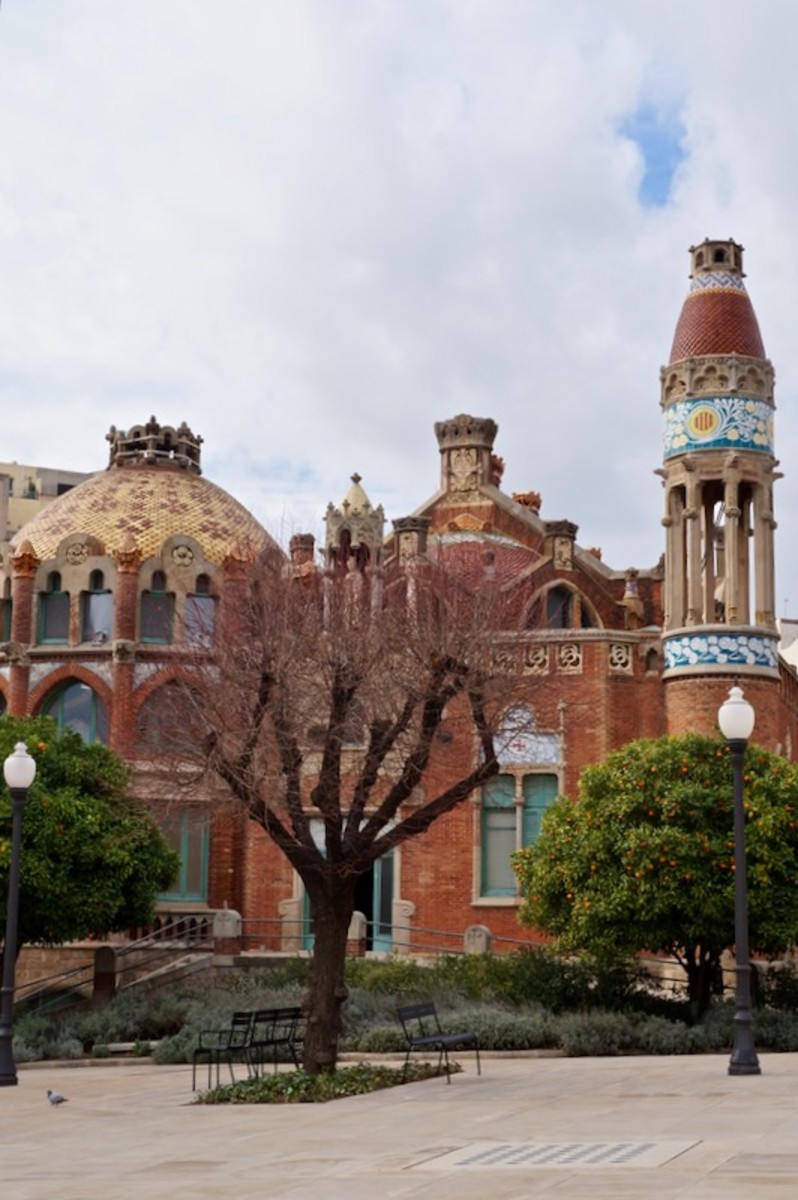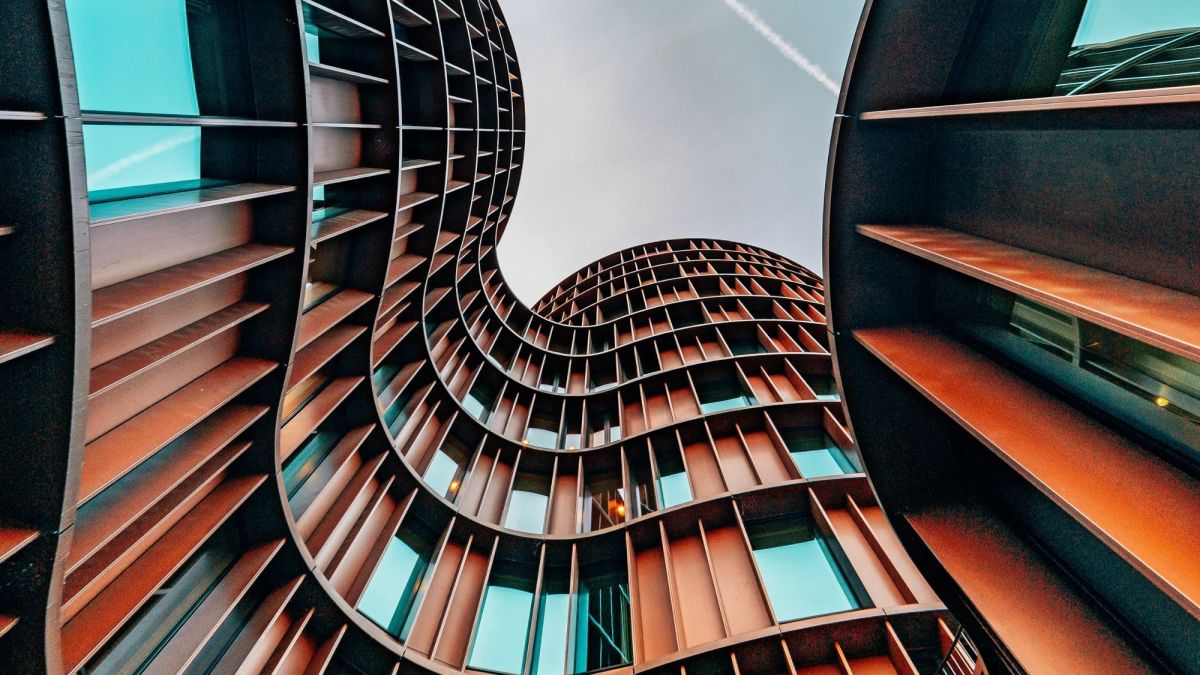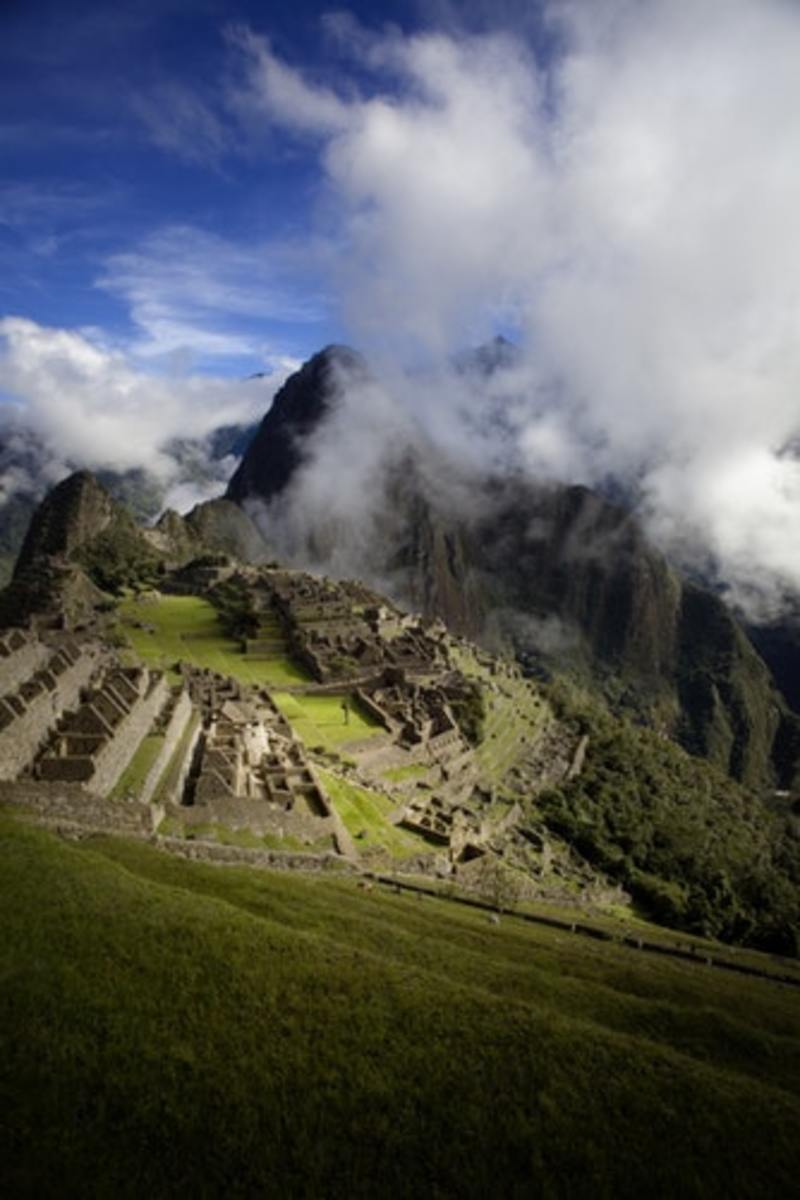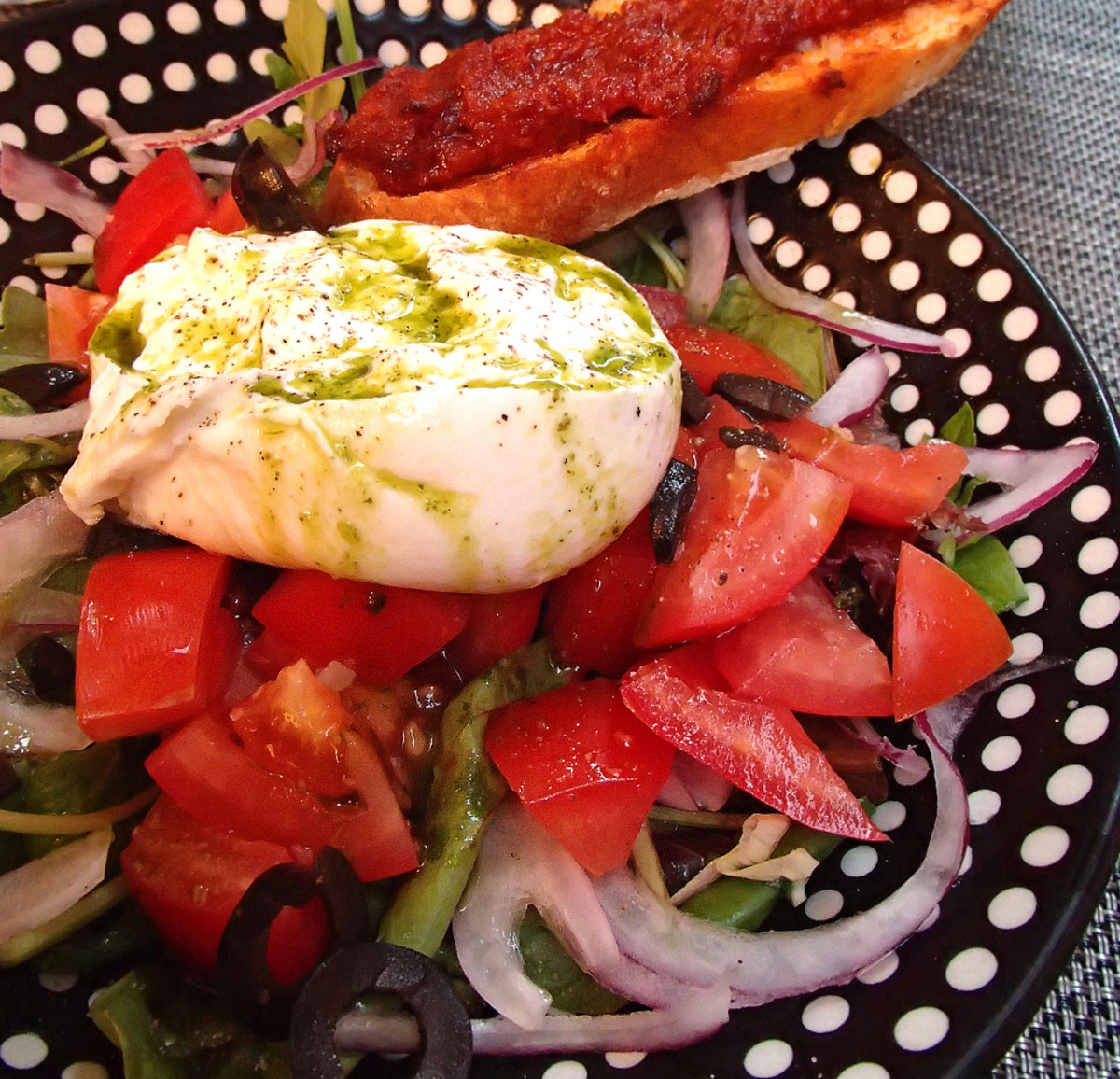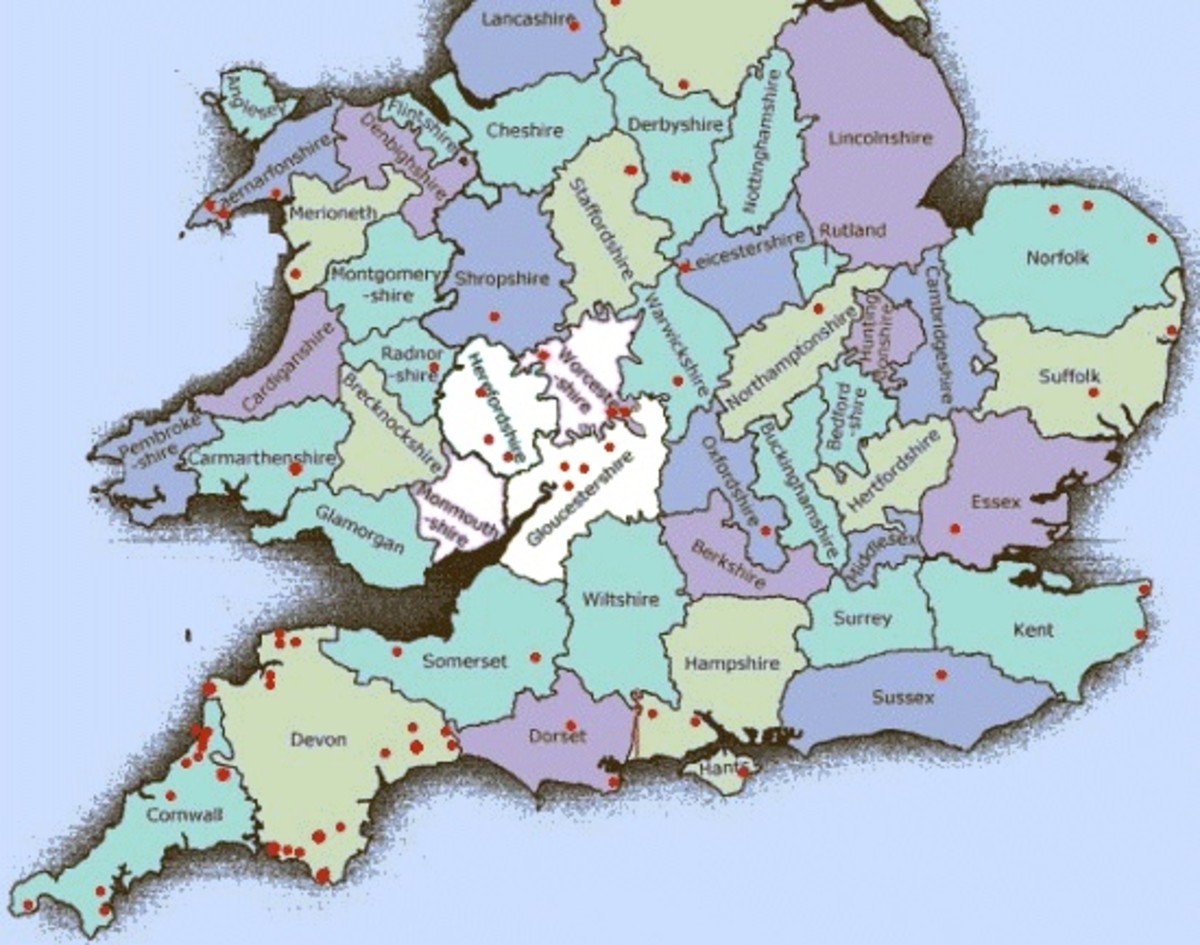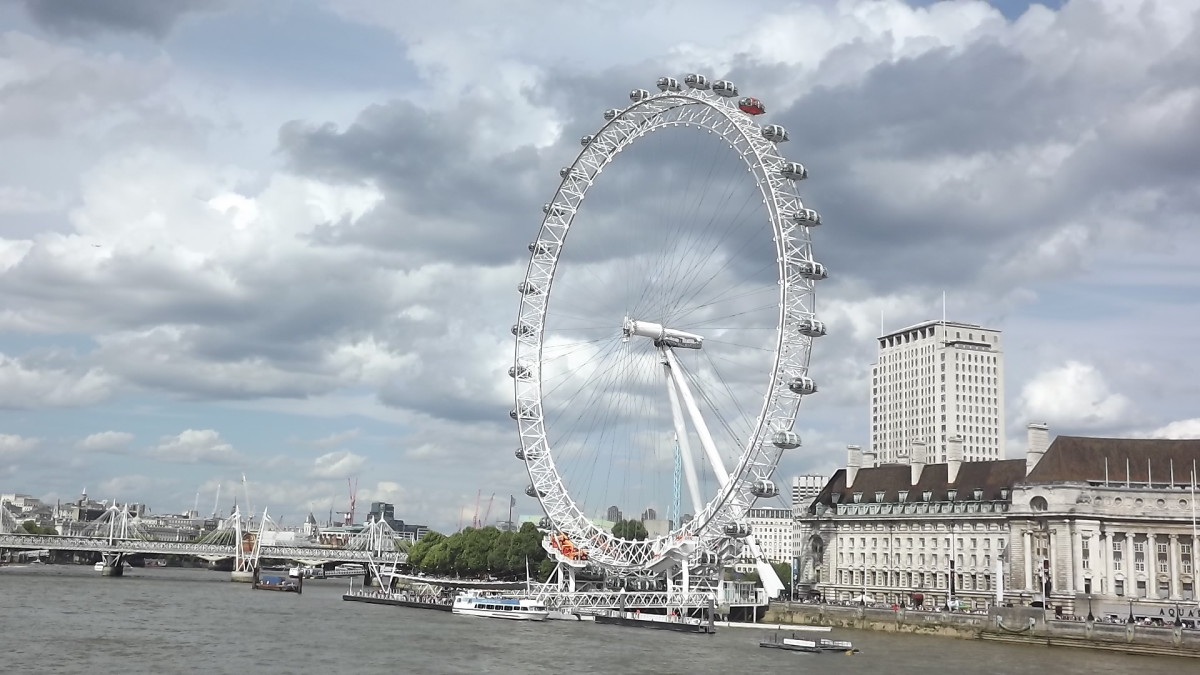The Architecture of Palladio

Andrea Palladio and His Work
Perhaps the most influential architect... ever.
It's hard to quantify the importance of Andrea Palladio's work. His buildings are beautiful and - 500 years later - remain a popular and important architectural pilgrimage for architects, students, and lovers of architecture. But it was his book, the famous Four Books of Architecture, that spread his fame farthest in his own day and, through his written explanations and illustrations, continue to carry his design ideas world-wide.
Palladio's architecture had a big influence throughout Italy and in France, but was even more influential in Britain. Palladianism is the name for this classical-revival style.
In America, Palladio's teachings arrived at a critical moment - just as the young republic of the United States of America was trying to establish it's position in the world and its own culture. It's hard to believe now, but there was hot debate over the architectural style for the capital, Washington D.C., and its now iconic landmarks. Can you imagine if Congress had been designed as... Gothic? Or The White House? The debate ended in the decision that the Classical style - linked as it was to the ancient republics of Greece and Rome - was the right style symbolically for this new republic. And it was Palladio's version of classicism that was most influential. As Wikipedia puts it: "Palladio.... is widely considered the most influential individual in the history of Western architecture."
Thomas Jefferson's home, Monticello, is based on Palladio's examples - perhaps closest in plan to his Villa Barbaro, though with a Villa Rotunda-like, um, rotunda. And centuries later - though disguised as severe Modernism - Palladio's villas continued to influence other architects, as with Le Corbusier's Villa Savoy.
PALLADIO'S INFLUENCE:
A quick example of his influence? Check out the next three pictures:
The Villa Rotunda, designed by Italian architect Andrea Palladio in 1591
Monticello, designed by American architect (and president) Thomas Jefferson in 1772, and
The Villa Savoye, designed by French architect Le Corbusier in 1928...
Why write about Palladio? Because I love his buildings. I've been lucky enough to visit several and... well, pictures don't do them justice.
Palladio's Villa Rotunda

Montecello

Villa Savoye

Palladio on Tube
One short episode in an interesting series on influential architects.

Biography of Architect Andrea Palladio
Andrea Palladio was born as Andrea di Pietro della Gondola on November 30, 1508 in Padua, Italy - then a part of Venice's territory. His father was a miller. The young Andrea worked as a stonecutter in the sculpture workshop of Bartolomeo Cavazza da Sossano, who was said to be a hard master. On his second attempt, in 1524, Andrea managed to run away to Vicenza, where he became an assistant in the Pedemuro studio, a leading stone-cutting and masonry workshop.
When Andrea was in his early thirties, Count Gian Giorgio Trissino, an influential humanist and writer, noticed his talent. He encouraged Andrea's studies of literature and classical art and made it possible for him to study ancient architecture in Rome. (The influence of Roman ruins and the Roman writer/architect Vitruvious is easy to see in Palladio's later architecture.)
Trissino who gave Andrea the name by which he is now known, Palladio. This alludes to the Greek goddess of wisdom Pallas Athene, but also to a character of a play Trissino wrote. Palladio means "Wise One."
After Trissino died in 1550, Palladio enjoyed the patronage of the Barbaro brothers - Marcantonio and Cardinal Daniele Barbaro, who encouraged his studies and brought him to Rome in 1554. The powerful Barbaros introduced Palladio to Venice, where he followed Jacopo Sansovino as chief architect of the Republic. Other important families like the Corner, Foscari, and Pisani families also supported Palladio's career. He became fashionable.
In fact, Palladio himself helped to create that fashion! Apparently, Palladio made quite an entrance when he arrived at a villa's building site, arriving by his own personal canal boat, with servants liveried in yellow and black, and himself dressed as lavishly in velvets and satin as his wealthy clients. Though he was also famous for stripping off his velvet doublet , rolling up his fine linen sleeves, and getting seriously to work. His designs too were a mix of elegant presentation and serious workman-like pragmatism. His villas were always gracious homes and entertainment settings for his canal-boat-set clients, but also working farms with practical matters to accommodate. Clients and cows shared the building complexes.
The Palladian style he started was based on classical Roman principles which he rediscovered, used, and articulated in both his built and written work.
Palladio is most famous for his villas, although he also designed town houses, churches, civic buildings, and one famous theater. His churches are in Venice, while his villas are scattered through the countryside of the Veneto - country houses for clients who mainly made their money in Venice. Many of his buildings stand in and around the city of Vicenza, which - thanks largely to him - is a World Heritage Site.
His architectural works have been called "the quintessence of High Renaissance calm and harmony." (Prof. D. Watkin).
Later in his life Palladio published several books,most famously in 1570: I Quattro Libri dell'Architettura ("The four books of architecture").
Palladio died in 1580, by tradition in Maser, near Treviso, and was buried in the church of Santa Corona in Vicenza; in the 19th century his tomb was moved to the Cimitero Maggiore of Vicenza.
But his fame and influence was only starting...


Best-Seller
Andrea Palladio understood the value of self-promotion.
By writing his famous architectural treatise, he ensured that not only would contemporary clients and colleagues hear about him, but that his design ideas would influence other architects beyond his local area and time.
He might have been a little surprised, however, to discover his book still in print, world-wide 500 years later.
Four Books on Architecture - Andrea Palladio
This is a good, easy to read, facsimile publication with all the famous illustrations - perfect as an architect's or an any student's desk reference.
Beauty will result from the form and the correspondence of the whole, with respect to the several parts, of the parts with regard to each other, and of these again to the whole; that the structure may appear an entire and complete body, wherein each member agrees with the other, and all necessary to compose what you intend to form.
- Andrea Palladio
Palladian Links
Just a couple of the many good sites about architect Andrea Palladio.
- Palladio's Italian Villas
An introduction to his architecture. - Wikipedia on Andrea Palladio
The starting point! - The Principles of Palladio's Architecture
By Rudolph Wittkower, download or read here online at JSTOR. - Carl Laubin on Palladio
MUST SEE! A gorgeous website featuring Carl Laubin's painterly visions of work by Palladio and his followers. Breathtaking!
Villa Rotunda

Palladio's single most famous building...
Notice that this house is symmetrical in Four directions with its famous rotunda and its dome at the very center. The house sits on the top of a hill with distant view... on some days, I believe, you can see all the way to Venice.
The Villas of Palladio
Beautifully illustrated !

The Villa Barbaro, Vicenza.
When I visited what has to be the world's most elegant farmhouse... (See those wings? stables, cow barns, and dairies etc. Really. Monticello copies these wings, but they're partly buried, so you can't see them in most photos of that building.)
...As I was saying, when I visited there was a horse grazing on the front lawn.
The great rooms of the villa are on the American-second or English-first floor, which the Italians call the piano nobile. The floors are very beautiful, so visitors were asked to put on enormous velvet slippers over their street shoes... except for the small child in our group (hardly bigger than the slipper) who was allowed to walk around in his tiny sneakers.
Art and Architecture
One of the wonderful aspects of Palladio's architecture is the way his buildings interact with the great frescos painted on their walls. Real architectural detail meets painted trompe l'oeil architecture and real clients meet faux visitors in doorways.

Vicenza
A city that Palladio pretty well put on the (architectural) map.
There's a statue of him in the town square.
My own trip to Vicenza was memorable mostly for the beauty of Palladio's architecture - which was wonderful - and partly for the long, very pretty (and rainy) hikes between his buildings. This architectural pilgrimage was why I was visiting.
But it was also unforgettable because that visit happened to be on May 1.
How was I to know that the whole town - and EVERY RESTAURANT - shut down for this Communist holiday? So ART (and one fuzzy candy from the bottom of my purse) was all my sustenance that day, until a lone pizzeria opened at 9:00 p.m. That was memorable! And so was the May Day Parade. Bands marched past Palladio's statue, complete with cheerleaders just like an American High School's - batton twirlers - dressed in those short, kicky, pleated skirts in, naturally, red.
Statue of Andrea Palladio

Villa Foscari

A Journey Through Palladio's Houses
Witold Rybczynski is one of the best architectural writers working today and his point of view is always interesting. Visit Palladio's architecture with him.
More Books on Palladio
Like Jane Austen, there are an endless number of books about Palladio! (Or about his followers.)


Palladianism

The British went nuts for Palladio.
His Italian architecture had a huge influence in this different, rainier, climate. (Click the pic for Wikipedia's take on Palladianism.)
There are seven types of room that are the most beautiful and well proportioned and turn out better: they can be made circular, though these are rare; or square; or their length will equal the diagonal of the square of the breadth; or a square and a third; or a square and a half; or a square and two-thirds; or two squares.
-Andrea Palladio
Palladio in America
From Britain to the States was a natural progression - though Jefferson likely got his exposure by way of France. Catching stuff, this classicism!
This is an older book on Palladio's influence in the new world, but I own it and love it. A nice overview of Palladio's influence in America.
Review of a Museum Show on Palladio
This NY Times review is interesting reading about Palladio's influence... but I love it for the great photo of his Rotunda and the discussion of that building's built shallow dome versus the higher, sperical dome Palladio illustrated in his Book.
- New York Times Review
For a Morgan Library and Museum show on own fav. architect.
Architectural Theory and Criticism of Palladio
The theoretical waters can get pretty deep and muddy when the critics get started on Palladio. These aren't just pretty buildings, people, there are serious ideas here.
![Palladio ; villas, palaces, public buildings: [30 plates extracted from Ottavio Bertotti Scamozzi, Le fabbriche e i disegni di Andrea Palladio (The ... of Andrea Palladio) Vicenza, 1776-1783]](https://m.media-amazon.com/images/I/31x9+itgvkL._SL160_.jpg)
Palladian Books and Prints


A curious example of Palladian style... "Capriccio" is a painting by Canaletto, famous for views of Venice, but this time painting a Rialto-like bridge transformed into a more Palladian style, accompanied by actual buildings designed by Palladio from Vicenza. (From Wikipaintings)
Links to Palladian Sites
A few websites to go visit for more information on the architecture of Andrea Palladio.
- All-Art page on Palladian architecture
A page full of beautiful BIG photos! - Celebrating the Year of Palladio - 2008
A website devoted to the 500th anniversary of Andrea Palladio's birth. It includes much information and an interactive map.















